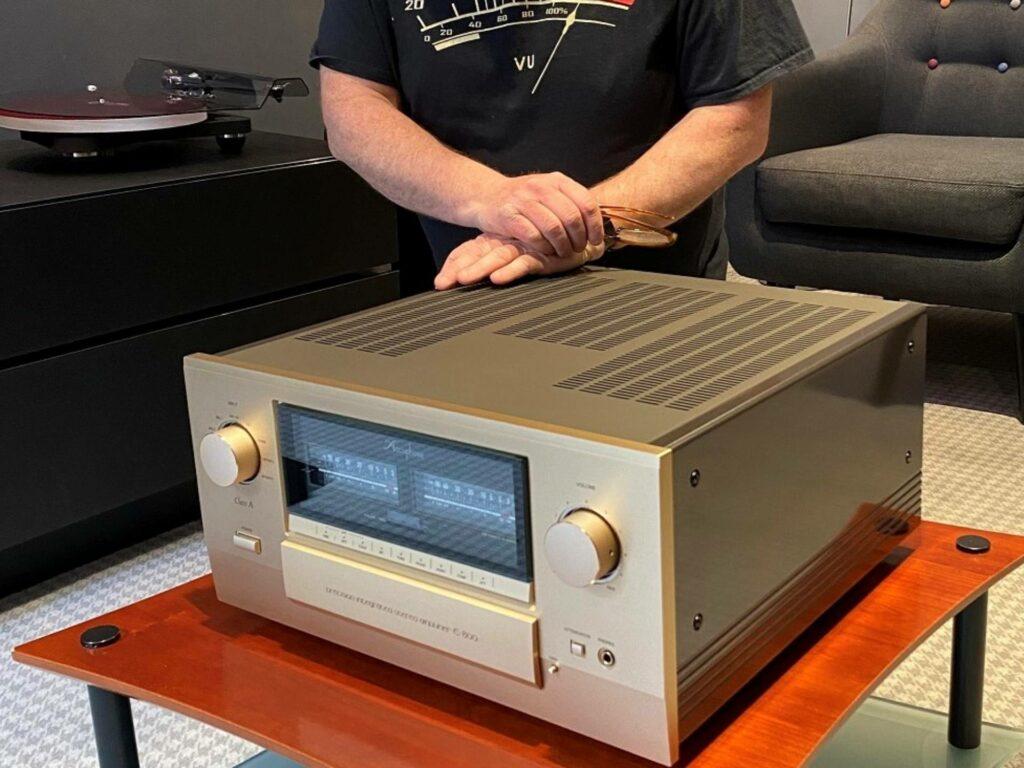Establishing the perfect home audio system requires thorough design, choice of quality parts, and acoustics skills. The objective for Audiophile is to have a rich, immersive listening experience that makes music life. Here is how to create the ideal arrangement.
Understanding Your Space
Evaluate your listening space before making any equipment purchases. The sound quality of the room will depend on its dimensions and form. Think through elements including wall materials, furniture arrangement, and window presence. Soft furniture can aid in absorbing sound, lowering echo and increasing clarity. To find out how sound behaves in your environment, use room acoustics tools, including smartphone apps or sound level monitors. Your equipment selections and positioning techniques will be guided by this fundamental understanding.
Choosing the Right Components

A well-rounded audio system is made up of speakers, amplifiers, and sources, among other important parts. Start with the source—a digital streaming device, CD player, vinyl turntable, or another such item. They have different sound identities. Choose then an amplifier suitable for your speakers’ power consumption. Search for a model with distortion-free pure sound. Invest in top-notch speakers last. Your money and room will determine whether you choose floor-standing models or bookshelf speakers.
Cables and Connections Matter
Don’t undervalue the need for cables and connections in your audio system. Sound quality can be much improved by excellent cables. Invest in premium, well-shielded speaker wires and interconnects to reduce signal loss and interference. Make sure your connections are strong; maintain cables organized to avoid tangling or damage. Think about also filtering out potential performance-affecting electrical noise with a power conditioner.
Fine-Tuning and Positioning
It’s time for tuning once your components are set up. Set your speakers for best soundstage first. Usually, you establish an equilateral triangle between your listening position and the speakers. To get the ideal sweet spot, try varying speaker height and angle. On your amplifier or source, use equalizing settings to change the frequency balance to suit your preferences. Through control of reflections and resonances, room modifications, including acoustic panels or bass traps, can improve sound quality even more.
Creating the ideal home audio system for Audiophile and enthusiasts is a fulfilling path that combines technical expertise with personal predilection. Understanding your location, selecting the correct components, giving quality connections top priority, and adjusting your configuration can help you produce a listening experience that compares with any professional venue. Spend some time experimenting, then appreciate the music as it was meant to be heard.
